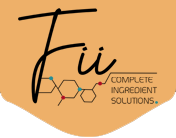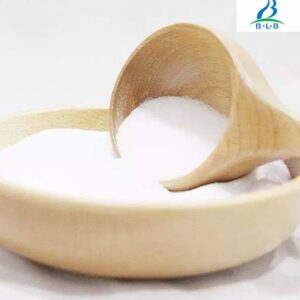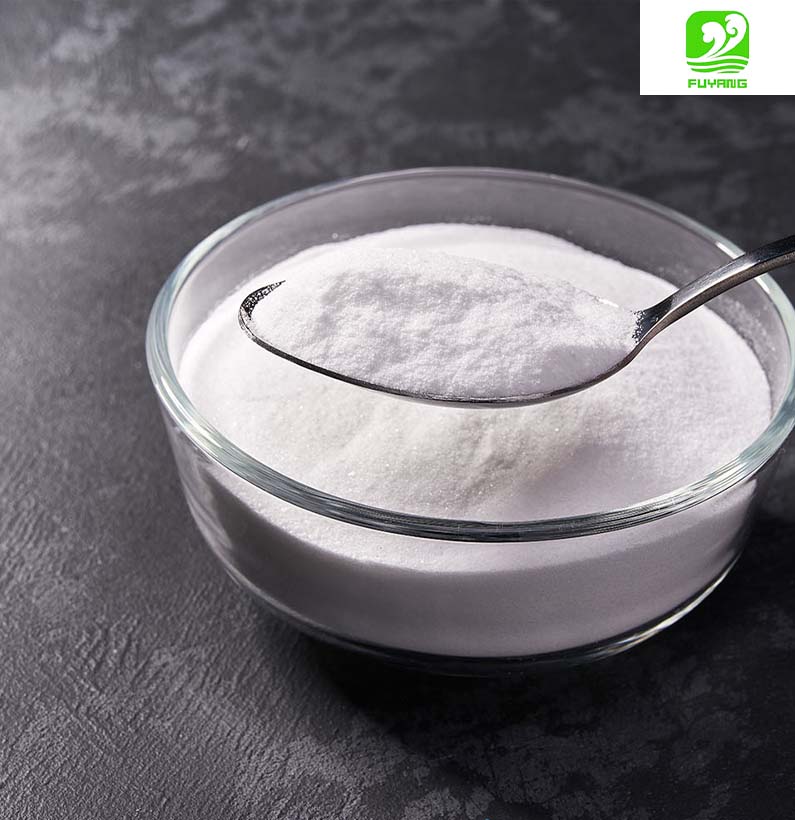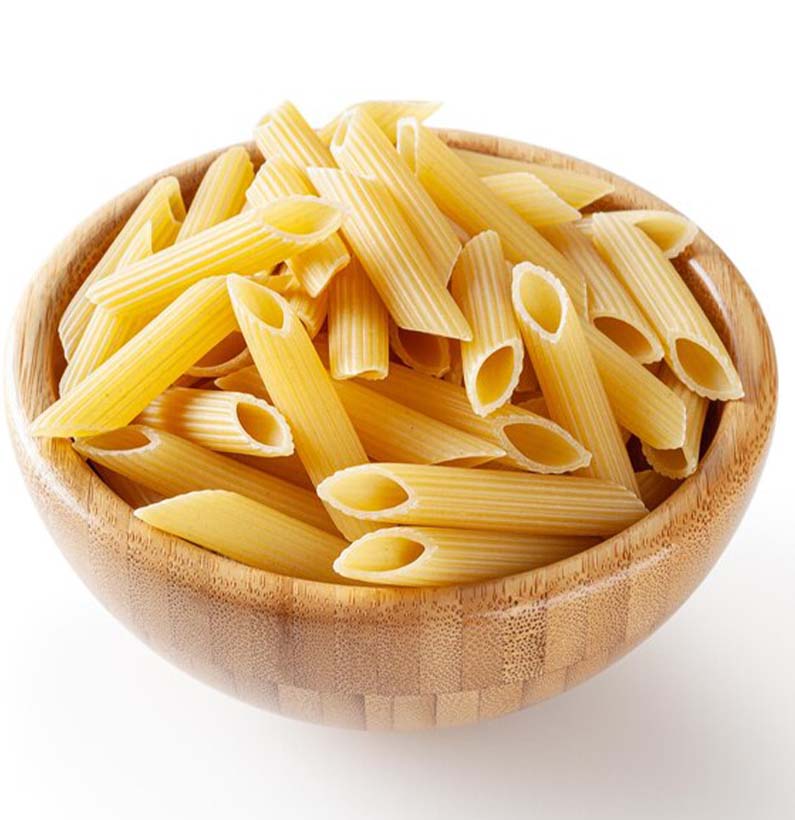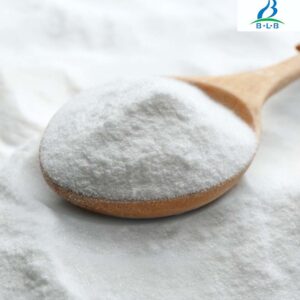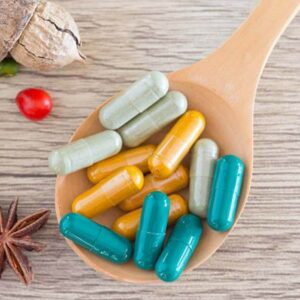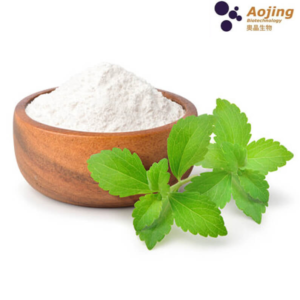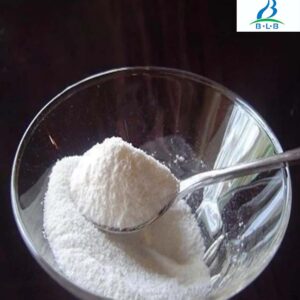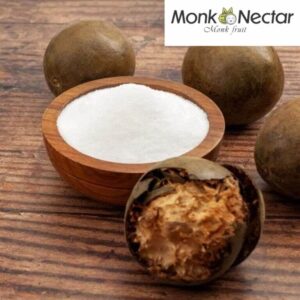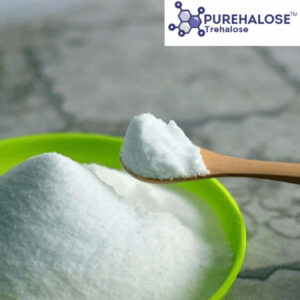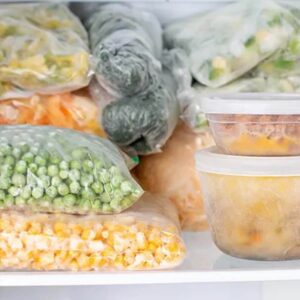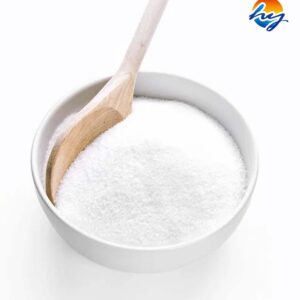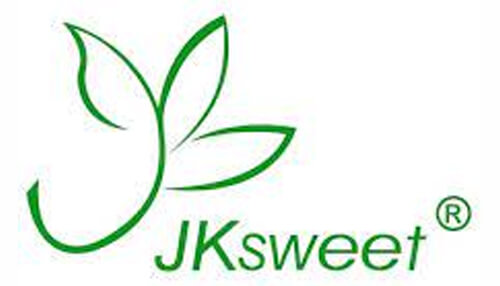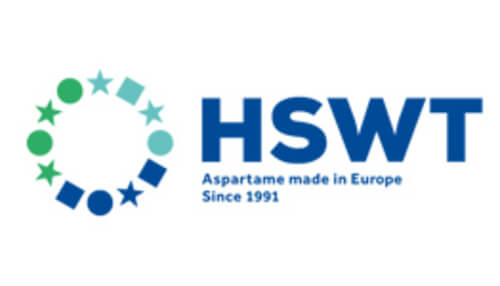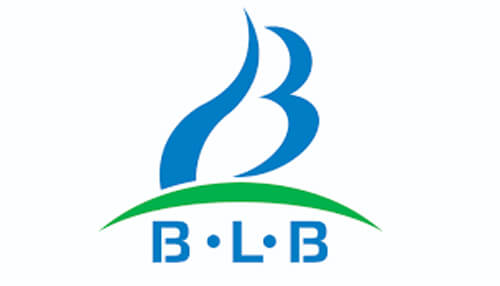Sodium Gluconate- Food Grade
- Sodium gluconate is the sodium salt of gluconic acid and is produced by fermentation of glucose.
- It is a white granular, crystalline solid which is very soluble in water.
- It is non-corrosive, non-toxic, biodegradable, and renewable.
- It is resistant to oxidation and reduction even at high temperatures.
Properties :
- Sodium Gluconate is a useful chelating agent acting as a stabiliser and thickener to improve the quality and stability of food products.
- It inhibits bitter flavours.
- It is very soluble in water.
- pH: 6.5–7.3
- Solubility: soluble in water 590 g/l @ 25C
- Melting point: 206- 209 degrees Celsius.
- Act as a PH Buffer in drinks
What are PH Buffers?
The substances that adjust the pH of a solution. Buffering agents can be either weak acids or weak bases that make a buffer solution.
Application :
- Dairy products,
- Processed fruit,
- Vegetables,
- Cereals, Herb and spices.
- Processed meats, preserved fish and many other applications.
- For use in ready-to-drink products and pre-mixes for ready-to-drink products only.
- For use in noodles, gluten-free pasta
- Sodium Gluconate is also added as a mineral in many food and nutraceutical applications.
It is used as :
- Stabilizer
- Thickener
- Sequestrant
Food grade sodium gluconate can be used as :
- A sequestrant agent by chelating undesirable metal ions.
- A PH buffer in drink.
- A taste improver for beverage by masking off-notes or reducing the bitterness/aftertaste from artificial sweeteners, soybean protein, minerals or caffeine.
- A stabilizer in meat products by increasing meat water-binding capacity and improving its firmness and sliceability. Meanwhile, sodium gluconate is a replacement of phosphates.
Other Industrial Uses:
- Water treatment
- Bottle washing
- Corrosion inhibition
- Metal surface treatment
- Industrial cleaning
Production:
It is a crystalline sodium salt of Gluconic Acid, produced by the fermentation of glucose,
